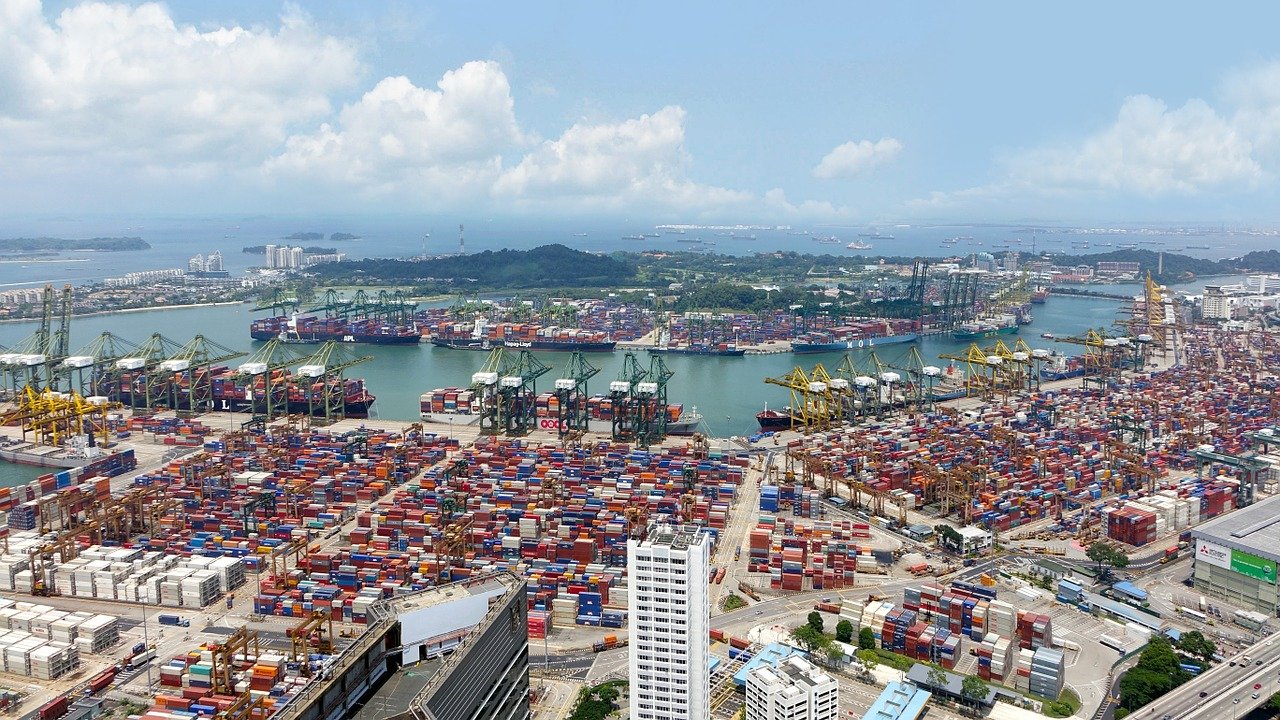NH3 (ammonia) is vast becoming a firm favorite of the shipping industry to replace their current fuel use. There are an array of benefits attached to this fuel source, such as:
- It possesses ten times more power density than a standard lithium-ion battery.
- It does not need to be stored in high-pressure containers such as cryogenic drawers or tanks.
- Internal combustion engines and fuel cells are able to make use of it effectively.
- It is found widespread and can be used to generate alternative renewable energy sources.
- Best of all, it does not emit any harmful CO2 emissions – making it environmentally friendly as well.
The multi-trillion-dollar shipping industry has now joined the rest of the world in seeking sustainable, alternative fuel sources to haul cargo across oceans. Not only is the sector seeking a fuel source that promotes longevity, but one that is eco-friendly too.
The attendees of the 2018 International Maritime Organization summit collectively agreed to reduce carbon emissions by as much as 50% in the year 2050. For the industry to effectively meet this target, some significant changes have to be rapidly implemented.
The Transformation Challenges That Lie Ahead
One major obstacle that is hampering further development of this “green ammonia initiative” is that no seafaring vessel of any size currently has the capacity to run on such a type of fuel. Energy giants Samsung Heavy Industries and MAN Energy Solutions have joined forces to initiate the development of the first oil tanker that will be able to run on ammonia fuel. They are aiming to launch the very first vessel of this kind in 2024.
Another issue for the shipping industry globally is that a whole revamp of their current fleet of vessels is going to be a very costly exercise. The USA alone will need an initial cash injection of $1.4 billion. Then for the remainder of the industry, an additional $500 billion will be required to completely transform their use of current fuels to that of a safer, more eco-friendly option.
Factoring all of these components means that the maritime industry is at a tipping point and will have to decide if ammonia is the best course of action for a long-term sustainable option for many years to come.
For more insights into this story, check out this video to see how ammonia is manufactured industrially.
Reference: IEEE Spectrum
Image by Jason Goh from Pixabay






